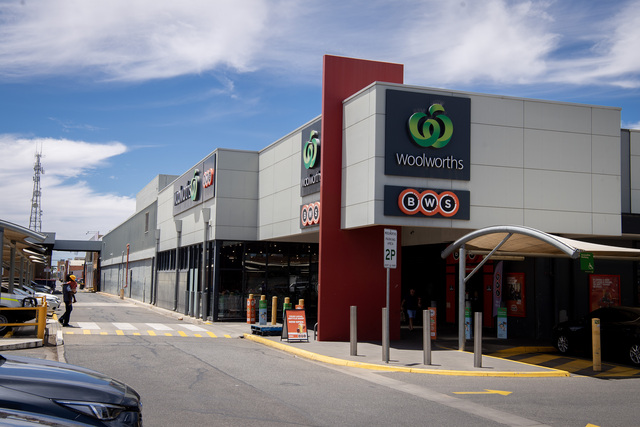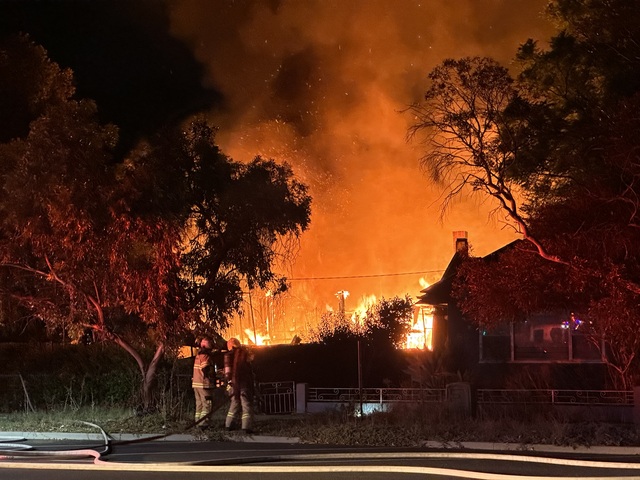IF you asked any business or organisation for lists of their greatest post-COVID challenges, finding workers would feature near the top of most.
One of the significant social changes wrought by the pandemic is the shift in attitudes about work; why we do it, the conditions we do it under, the meaning and place it has in our lives and the impact it has on our families.
Although unemployment is at its lowest level in years, fewer people are entering or re-entering the job market for myriad reasons.
For some, the pandemic and lockdowns precipitated the decision not to go back to work. Many have decided to travel, parents through lockdowns found value in spending more time with their children, and many who scaled back to part-time work have settled for that balance.
Just this week, Mildura Council, the region’s largest employer, highlighted its problems in finding – and keeping – workers.
The council’s corporate general manager Chris Parham said it normally had “20-odd” positions in the recruitment process in any give month, but that number had blown out to 53 positions.
“Plus, there are other positions on top of that which are vacant that haven’t even made it into recruitment processes yet,” he said this week.
Regional Australia Institute data for April showed there were 84,600 regional job vacancies, up nearly 25 per cent compared to a year earlier.
Month-on-month job vacancy growth is at record levels that far exceed the peaks of the mining boom in 2011, when vacancies were about 60,000.
The hospitality industry has been especially hard hit.
A local restaurant owner was recently telling me that if he was unable to work, then he had no option but to close because he couldn’t find the help. It is a common occurrence.
This massive jobs gap has a significant knock-on effect.
Not only do staff shortages add to the stress and workload of existing staff, leading to burnout, but businesses can’t do or produce as much as they would like to. Certainly not in a timely manner.
Businesses are forced to knock back work, while cafes and restaurants either don’t open all their tables or don’t open at all. In farm speak, these businesses are leaving fruit on the vine. Potential profits are going to waste.
The challenges for businesses are being exacerbated by rising inflation and interest rates, and the challenges are set to keep coming.
It was always difficult to predict how Australia, indeed the world, would emerge from the pandemic.
But a worker shortage crisis was not an issue many of us saw coming.
As one chief economist in the United States pointed out: “If you had ever told me we’d have millions of workers still on the sidelines and have wages going up because people couldn’t find workers, you could knock me over with a feather.”
RAI chief executive Liz Ritchie said professional roles in health, legal and engineering services were consistently at the top of the vacancy lists.
But she found a silver lining in the record numbers, claiming the vacancies represented a real opportunity at a time when “businesses are wanting to grow and wanting to scale and that there is optimism and confidence across regional Australia”.
As with everything in this post-pandemic world, time will tell.
But what is required in the meantime is patience, kindness and understanding for businesses and organisations that have been been under enormous strain since the pandemic hit.
This community needs to continue to stick together.
In the past few years, we have shown when the going gets tough, the tough will keep going.







